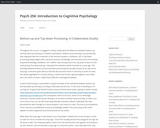
This resource discusses bottom-up and top-down processing.
- Subject:
- Social Studies
- Material Type:
- Reading
- Provider:
- Penn State
- Date Added:
- 01/22/2018

This resource discusses bottom-up and top-down processing.
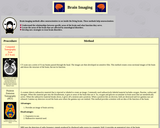
This resource provides information about brain imaging methods and how they allow neuroscientists to see inside the living brain.
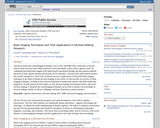
This article discusses how researchers use neuroimaging techniques such as EEG and fMRI to observe brain activities while subjects perform various perceptual, motor and/or cognitive activities.
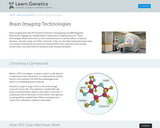
This resource describes brain imaging technologies, such as PET and MRI and their significance in studying the brain to see effects of injuries, diseases, drugs, and other chemicals.

This resource describes what a PET scan is and how it is used to show the brain.

This resource helps students identify the various parts of the nervous system and their respective functions, explain how neurons communicate with each other, and name at least three neuroimaging techniques and describe how they work.
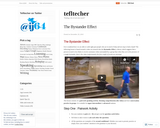
This resource provides a video and activities to understand the bystander effect.
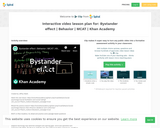
This Khan Academy video explains the bystander effect.

In this resource, this article discusses the problems of diagnosing and treating very young children with extreme behavioral and emotional problems. It also addresses society's response to these children and the impact it has on the family units.
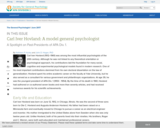
This resource summarizes the works and contributions of psychologist, Carl Iver Hovland.
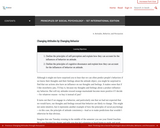
This resource outlines the principles of self-percetion and cognitive dissonance and explains how they can account for the influences of behavior on attitude.
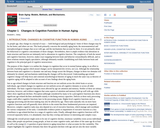
This article discusses changes in cognitive function in human aging.

This resource explains experimental control.
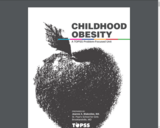
This multi-day unit plan uses the problem of childhood obesity to apply the psychological perspectives. It includes resources and cooperative learning activities for establishing that there is a problem, exploring the problem, looking for possible causes, deciding what content in psychological science is related to the problem, and proposing solutions to the problem.

Students will look at Oldenburg's "Mouse Museum, 1977" and discuss the function of museums, the idea of collections, and the meaning of "alter ego". Students will create their own representation of their alter ego. Each student will be provided an object and asked to draw that object and then to draw the object again but transforming it into something else of a vastly different scale. Students will reflect on what they collect and sketch out the design for a museum based on their collection including internal and external views of the buildings.
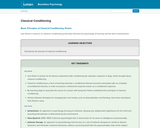
This resource summarizes the process of classical conditioning.
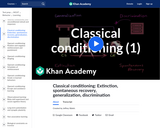
This video discussed classical conditioning and extinction, spontaneous recovery, generalization, and discrimination.
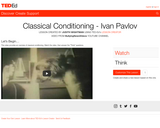
This video provides an overview of classical conditioning.
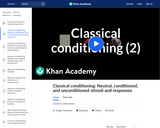
This video discussed classical conditioning and neutral, conditioned, and unconditioned stimuli and responses.
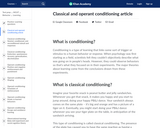
This resource explains classical and operant conditioning.